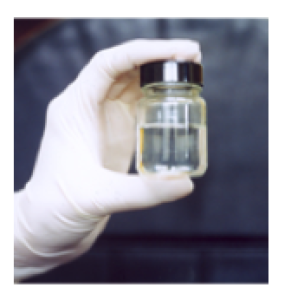Ionic liquids are pure salts that are also liquid at moderate temperatures. They have many interesting properties, including extraordinarily low vapor pressure and unique solvation ability. We have been using atomistic-level simulations to study ionic liquids for over fifteen years. Since then we have helped advance our understanding of these fascinating fluids by making predictions of thermodynamic and transport properties and providing insight into the link between the structure and properties of these liquids.

We are using advanced molecular dynamics and Monte Carlo simulations to compute the thermophysical properties of these fascinating liquids, to discover new ionic liquids for a host of different applications, and to learn how different molecular structures, compositions, and mixtures govern the resulting physical properties.